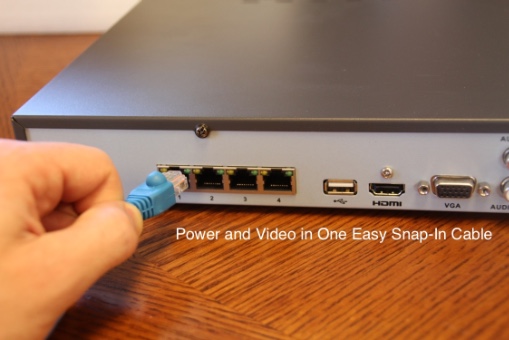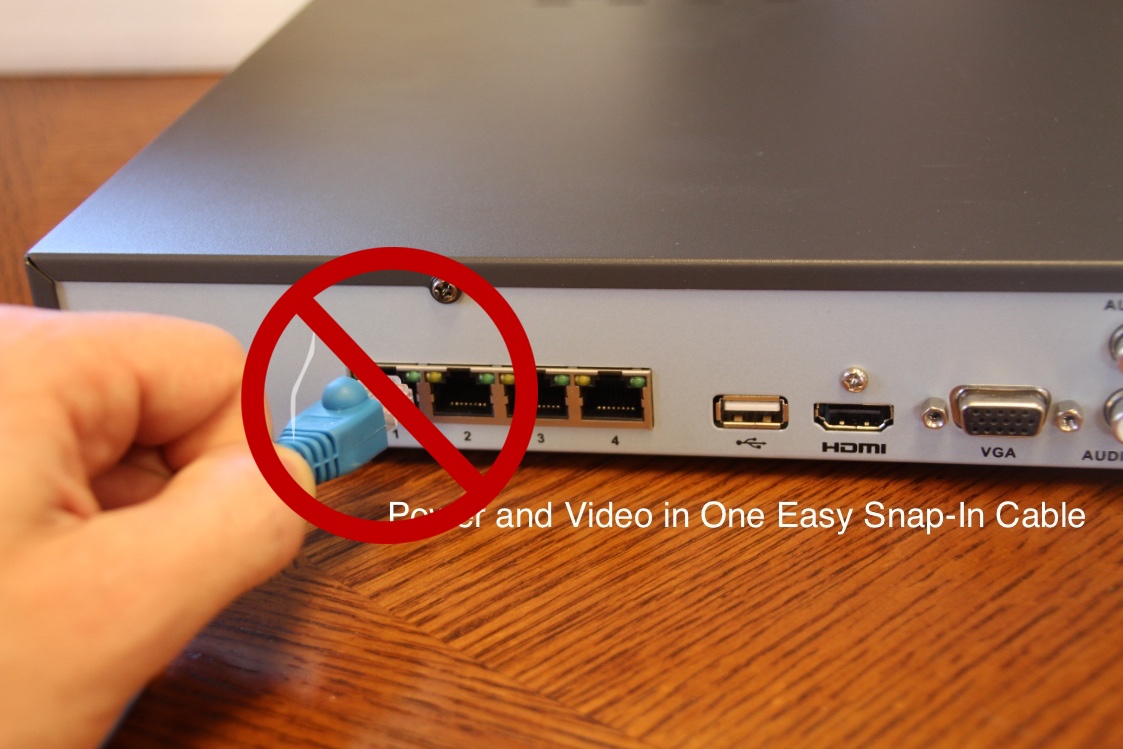All SCW cameras and NVRs are ONVIF conformant.
What is ONVIF?
The surveillance industry has created an open standard protocol called ONVIF that allows cameras to communicate with each other and with network recording devices. ONVIF has different versions of compatibility that dictate which features can be integrated into the system. In some cases, a camera can have basic video compatibility but lack the ability to do more advanced features such as motion detection.
All of our IP products are 100% ONVIF compliant with Profile S for IP security cameras. We are as compliant as you can get. Camera models made by Honeywell, Panasonic, Dynacolor, Sony, Samsung, Pelco, Bosch, Axis, HikVision, and Arecont Vision can be ONVIF compliant. (Note that not all cameras made by these companies are ONVIF compliant, so it is important to check ONVIF compatibility with the model number you are considering.)
How to check if your product (camera, recorder, software, etc) is ONVIF compliant:
If you want to go with a non-SCW camera, you will need to contact the manufacturer or retailer of your device and ask them what ONVIF Profile the product supports. If they do not give you a specific ONVIF Profile and instead just say “ONVIF compliance,” they have dodged your question. You may also check on the ONVIF website.
Another note: We have seen cameras from other companies that worked fine, but suddenly stop being ONVIF compliant after their firmware update broke their camera’s compliance. We also have seen cameras that were not ONVIF compliant become so after updating the firmware. So, a model number can both be ONVIF compliant and not. What matters is the firmware on that camera and whether that firmware works correctly and is ONVIF compliant.
Realistic Expectations of ONVIF
It's almost always best to stick to a singular product line for your cameras. Here are three reasons why:
1. ONVIF Profile S (most common) only supports cameras via external PoE Switches
You cannot plug anything but SCW brand cameras into the NVR directly. ONVIF profile Q creates a plug and play (you can remember Q by thinking of "Quick Setup!") standard for IP cameras. Although some Profile Q cameras exist , there is very low compliance for Profile Q with NVRs.
SCW cameras

ONVIF

2. ONVIF Profile S compliance may not include motion detection, settings changes, or PTZ control
When using ONVIF, you should not expect anything beyond being able to see and record video.
Camera settings, video analytics, motion detection, and PTZ control are all called "conditional" features in ONVIF Profile S. This means that the manufacturer does not have to provide compliance with these features to state that they are ONVIF compliant.
Please reference this PDF provided by ONVIF which details out which features are mandatory, conditional, optional and unsupported in each ONVIF version.
3. Firmware updates have broken ONVIF compliance in the past
We've witnessed some manufacturers’ products that were sold as "ONVIF compliant" that removed that compliance on a firmware update. Usually, this relates to cheap-and-dirty security updates, where the manufacturer has calculated that it is easier to disable ONVIF features than fix security holes in how they implemented their ONVIF compliance. We've also seen the ONVIF compliance break by accident in a firmware update because of mistakes in the code.
The ONVIF Profile matters
ONVIF has expanded beyond just security camera interoperability. Please make sure that you have the correct ONVIF profile. There are 6 ONVIF profiles. Make sure your cameras or NVR is Profile S compliant.
Profile S
for IP-based video systems
Video & audio streaming
Pan-tilt-zoom control & relay output
Video configuration & multicast
Profile C
for IP-based access control
Site info & configuration
Door access control
Event & alarm management
Profile G
for edge storage and retrieval
Video & audio streaming
Configure, request and control recording from conformant devices
Receive audio & metadata stream
Profile Q
for IP-based video systems
plug-and-play NVR compatibility
IP address assignment
editing of settings
Profile A
for broader access control configuration
Granting/revoking credentials
Creating schedulesAssigning access rules
Profile T
For advanced video streaming
H.264 / H.265 video compression
Imaging settings
Motion alarm and tampering events

Lean on the experts
We'd be happy to work up a custom quote or take your floorplan and create a security coverage map.
Get aCustom Quote



